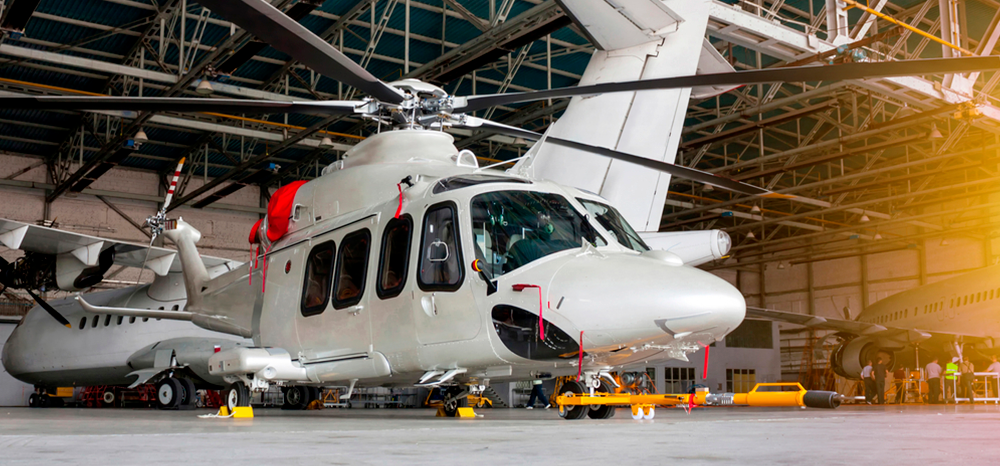The certification of a Maintenance, Repair, and Overhaul (MRO) organization by the European Union Aviation Safety Agency (EASA) represents a recognition of excellence in the aviation industry. Obtaining this certification not only demonstrates an MRO’s ability to meet the highest standards of safety and quality but also opens doors to new business opportunities in the European and global markets.
The EASA certification process is rigorous and comprehensive, designed to assess an MRO’s capability to perform maintenance tasks in compliance with the requirements established in Part 145 of Regulation (EU) No. 1321/2014. This involves demonstrating the technical competence of personnel, the availability of adequate facilities and equipment, the implementation of an effective quality management system, and compliance with aviation safety regulations.
The certification process begins with the submission of a formal application to EASA, followed by a documentary evaluation and an on-site inspection. During the inspection, EASA auditors verify that the MRO meets all applicable requirements, including organizational structure, maintenance procedures, record-keeping, and personnel competence. Once the inspection is successfully completed, EASA issues an approval certificate authorizing the MRO to perform maintenance tasks on aircraft and components registered within the European Union.
EASA certification is not a one-time event but an ongoing process. Certified MROs are subject to regular follow-up audits to ensure continued compliance with the requirements. Additionally, they must adapt to updates and changes in EASA regulations. Obtaining and maintaining EASA certification requires a continuous commitment to quality, safety, and ongoing improvement.













